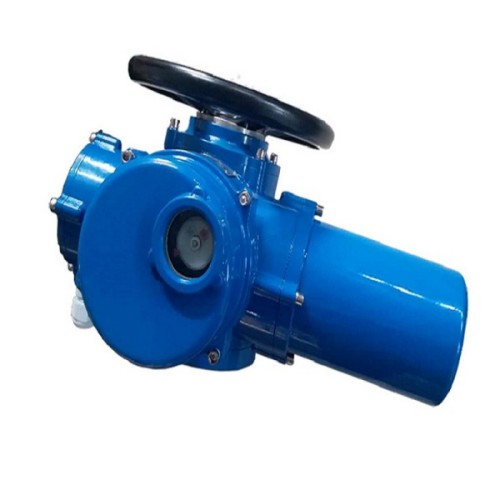foot valve in water tank
The Importance of Foot Valves in Water Tanks
In the realm of fluid mechanics and water management, the foot valve plays a crucial role, particularly in water tanks and pumping systems. A foot valve is a type of check valve located at the bottom of a water intake system. This device is essential for maintaining water levels and ensuring the smooth operation of pumps.
What is a Foot Valve?
A foot valve is essentially a one-way valve that allows water to flow into a system while preventing it from flowing back out. It is typically installed at the bottom of a suction line, submerged in a water source, such as a well, river, or water tank. The valve operates based on changes in pressure; when the pump is activated, the pressure drops, and the foot valve opens to allow water to enter the suction line. Once the pump is turned off, the pressure stabilizes, and the foot valve closes, preventing water from flowing back into the source.
Importance in Water Tanks
In water tanks, foot valves serve several critical functions
1. Maintaining Water Supply Foot valves ensure a continuous supply of water to the pump by holding the water in the suction line. Without a foot valve, once the pump is switched off, the water column in the suction line would drain back into the tank or well, requiring the pump to prime again, which can be time-consuming and inefficient.
2. Preventing Contamination By effectively shutting off backflow, foot valves help to prevent contamination of water within the tank. This is particularly important in potable water systems where maintaining water quality is paramount. Any backflow could introduce contaminants from the source into the tank, posing health risks to consumers.
3. Enhancing Pump Efficiency An effective foot valve ensures that the pump can start quickly and operate efficiently since it does not need to re-prime each time the system operates. This enhances the longevity and reliability of the pump, reducing maintenance costs and downtime.
foot valve in water tank

4. Reducing Cavitation Risks Cavitation is a phenomenon where vapor bubbles form in the liquid due to low pressure, and these bubbles can implode, causing damage to the pump. By using a foot valve, the risk of cavitation is minimized because the water is maintained at a consistent level in the suction line, ensuring that the pump operates within safe pressure limits.
Installation Considerations
When installing a foot valve in a water tank system, there are several factors to consider
- Size and Type Foot valves come in various sizes and types, including those made of brass, PVC, or stainless steel. Choosing the right material is essential for compatibility with the water source and the pump's specifications.
- Placement The foot valve should be positioned at a sufficient depth to ensure it remains submerged under all expected operating conditions. This prevents air from entering the suction line, which could lead to pump failure.
- Maintenance Regular maintenance is necessary to ensure the foot valve operates effectively. This includes inspections for wear, clogs, or defects that could impede functionality. Some operators may choose valves with easy access for cleaning and maintenance purposes.
Conclusion
Foot valves are often overlooked components in water tank systems, yet they are vital for efficient and reliable operation. They maintain a steady water supply, prevent contamination, enhance pump efficiency, and reduce risks associated with pump cavitation. As water management becomes increasingly important in various industries, understanding and properly implementing foot valves can lead to significant improvements in operational efficiency and water quality. When designing or upgrading a water system, investing in a quality foot valve is a small but impactful choice that can yield long-term benefits.
-
3-types-of-check-valves-maintenance-tipsNewsAug.23,2025
-
ball-valves-types-with-trunnion-mounted-designNewsAug.23,2025
-
butterfly-valve-company-production-capabilitiesNewsAug.23,2025
-
fisher-globe-valve-technical-specificationsNewsAug.23,2025
-
types-of-gaskets-for-flanges-selection-guideNewsAug.23,2025
-
wedge-gate-valve-suppliers-quality-standardsNewsAug.23,2025
-
Breakthrough in Domestic Low Temperature Valve Technology in ChinaNewsAug.18,2025




